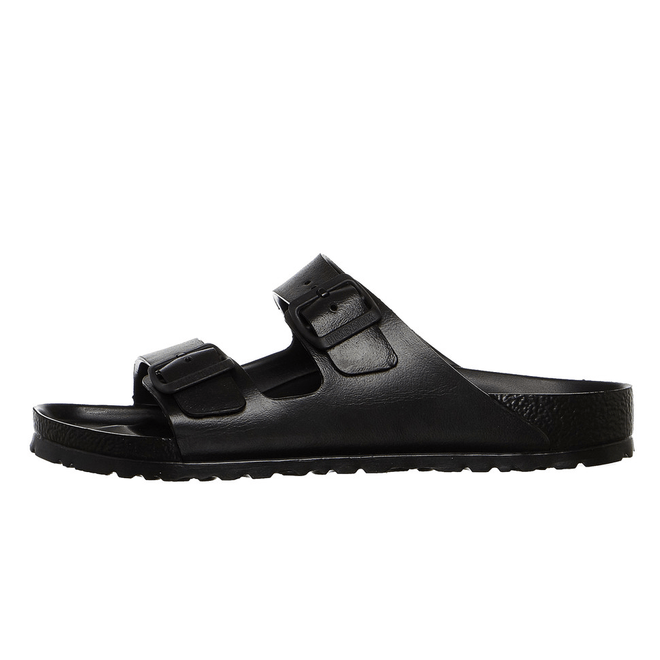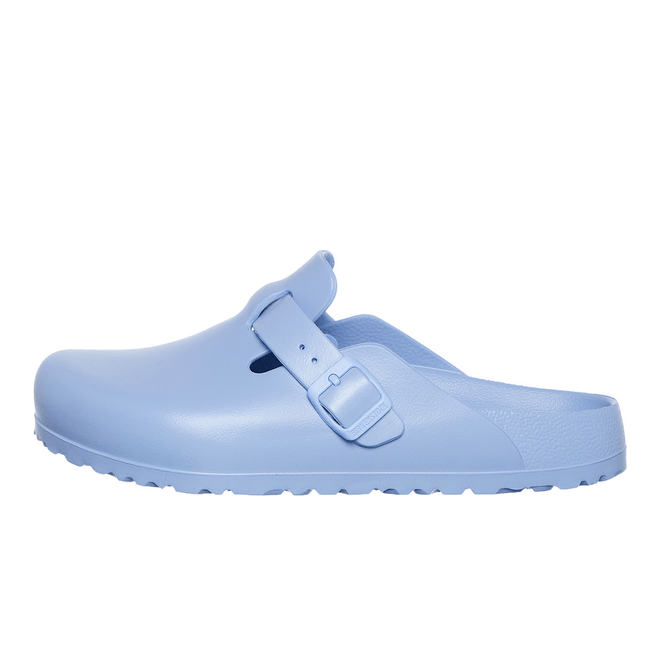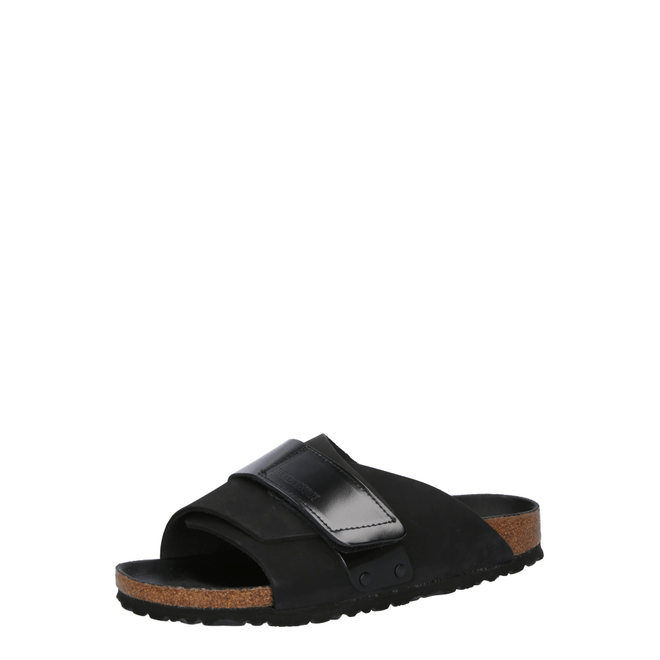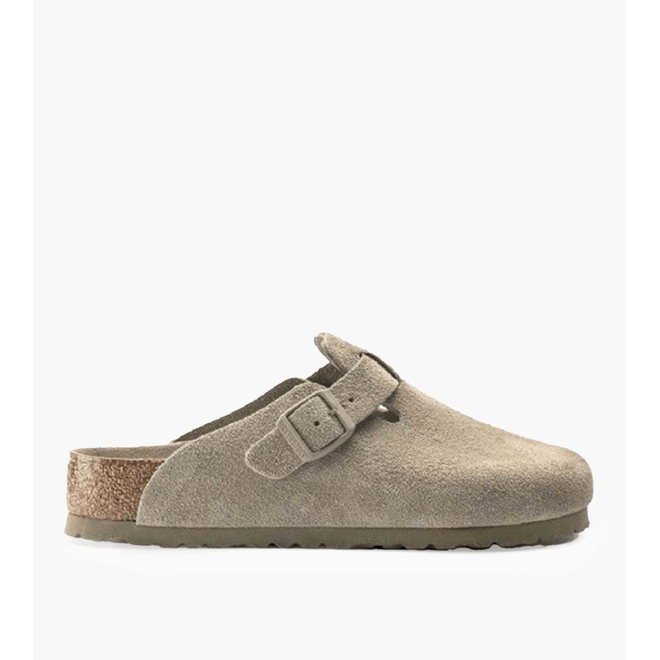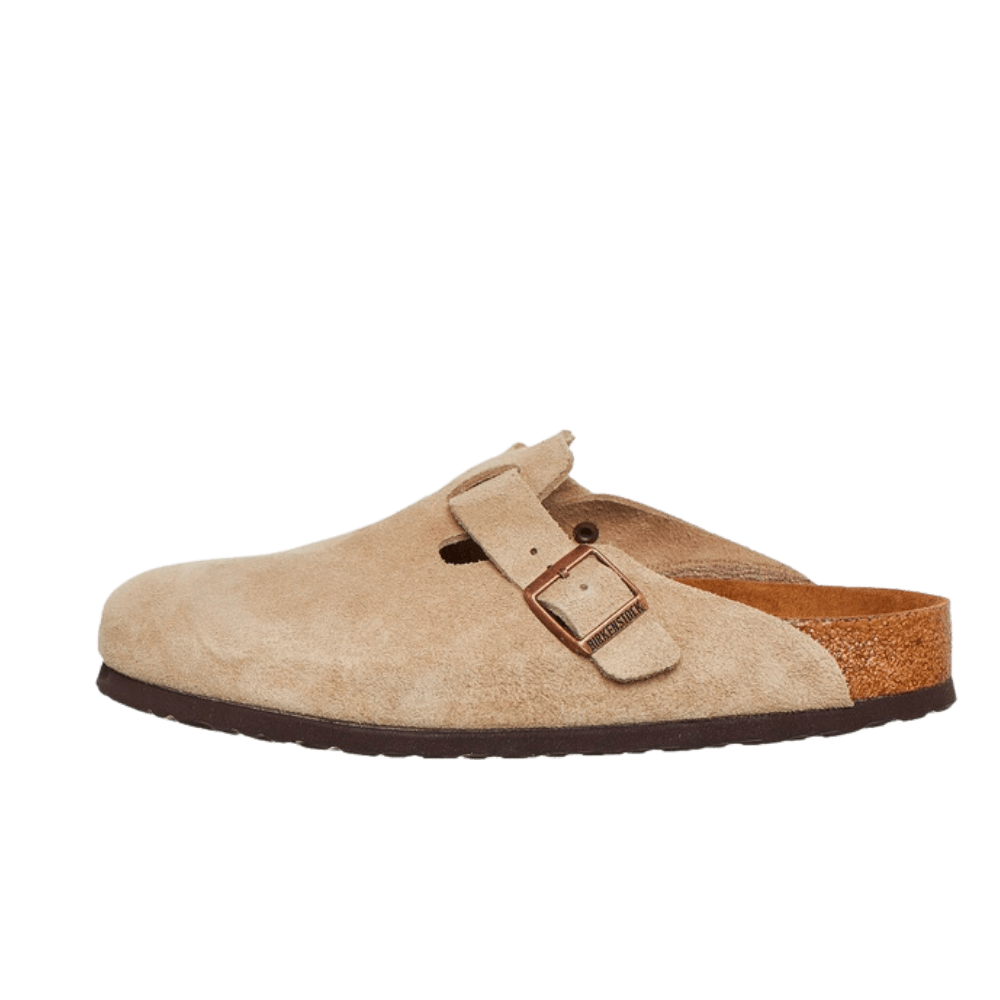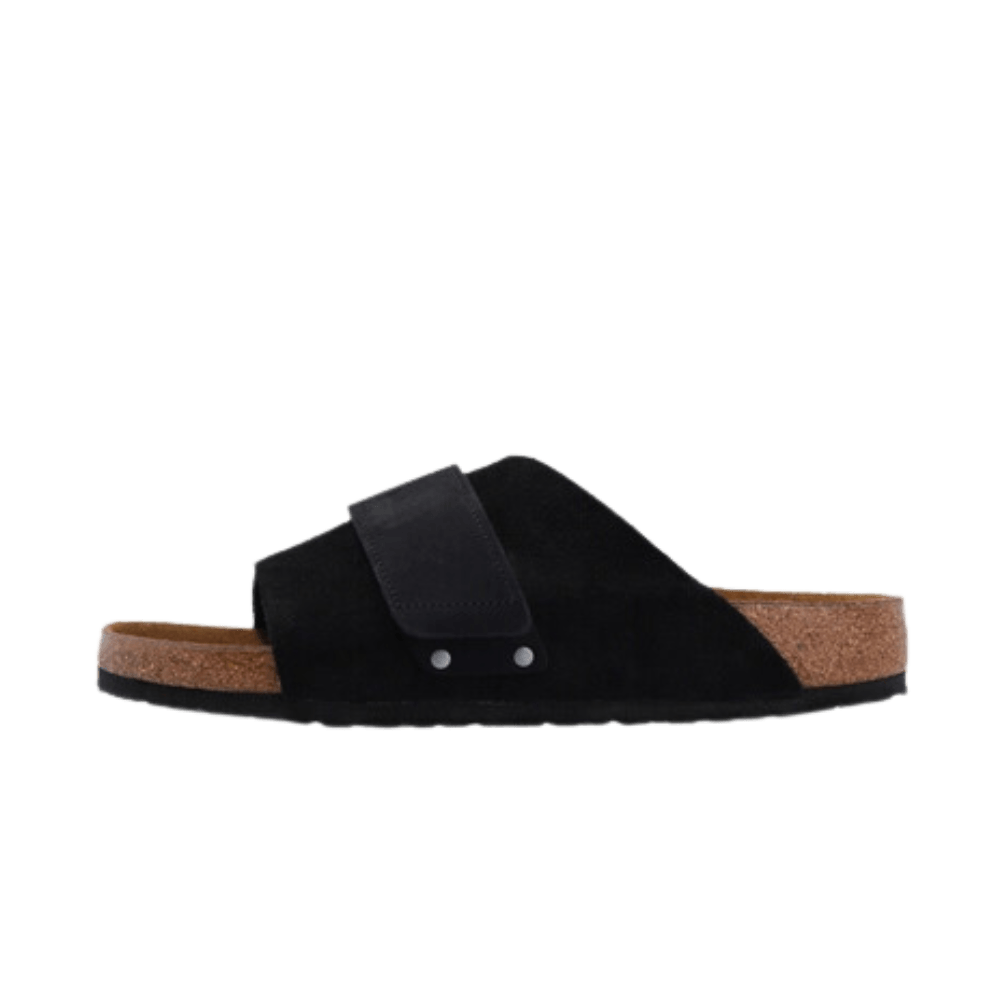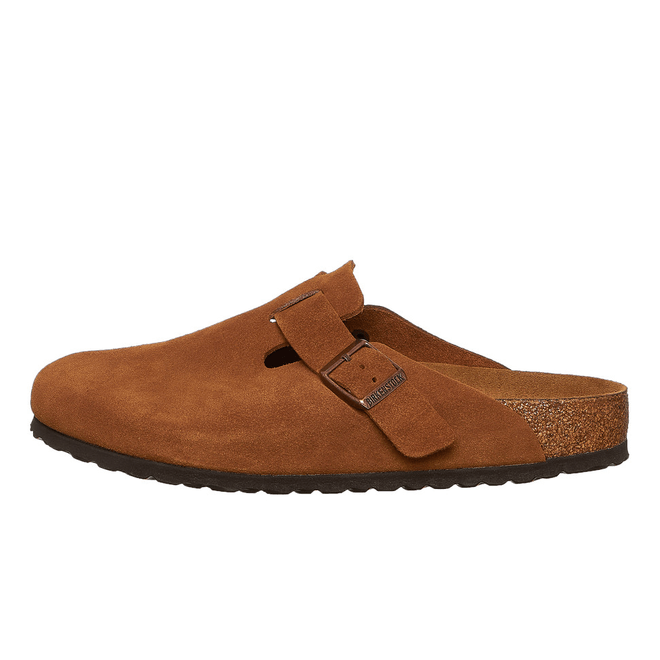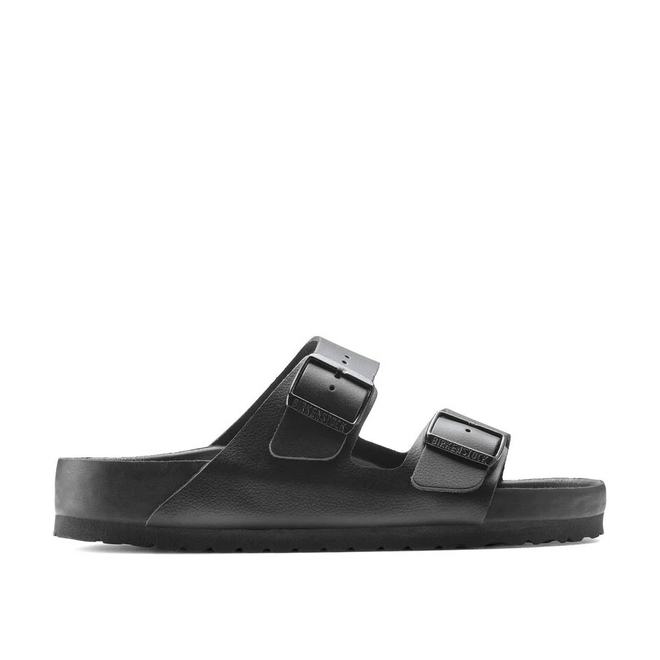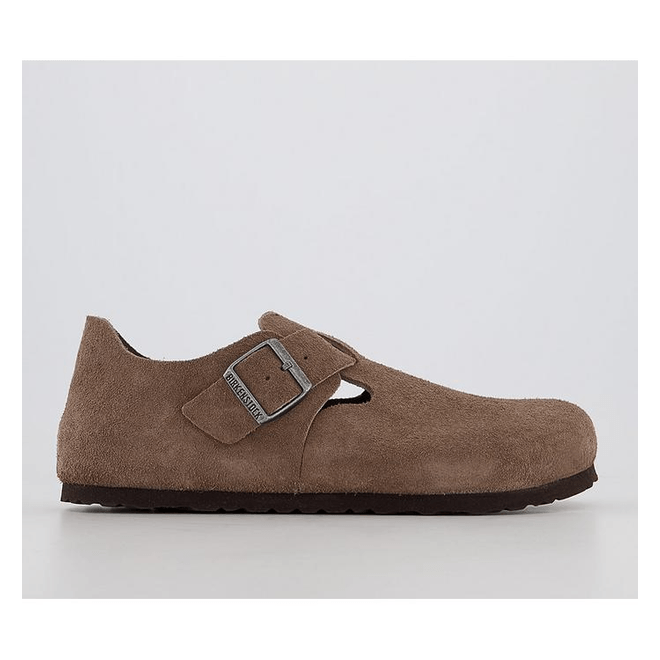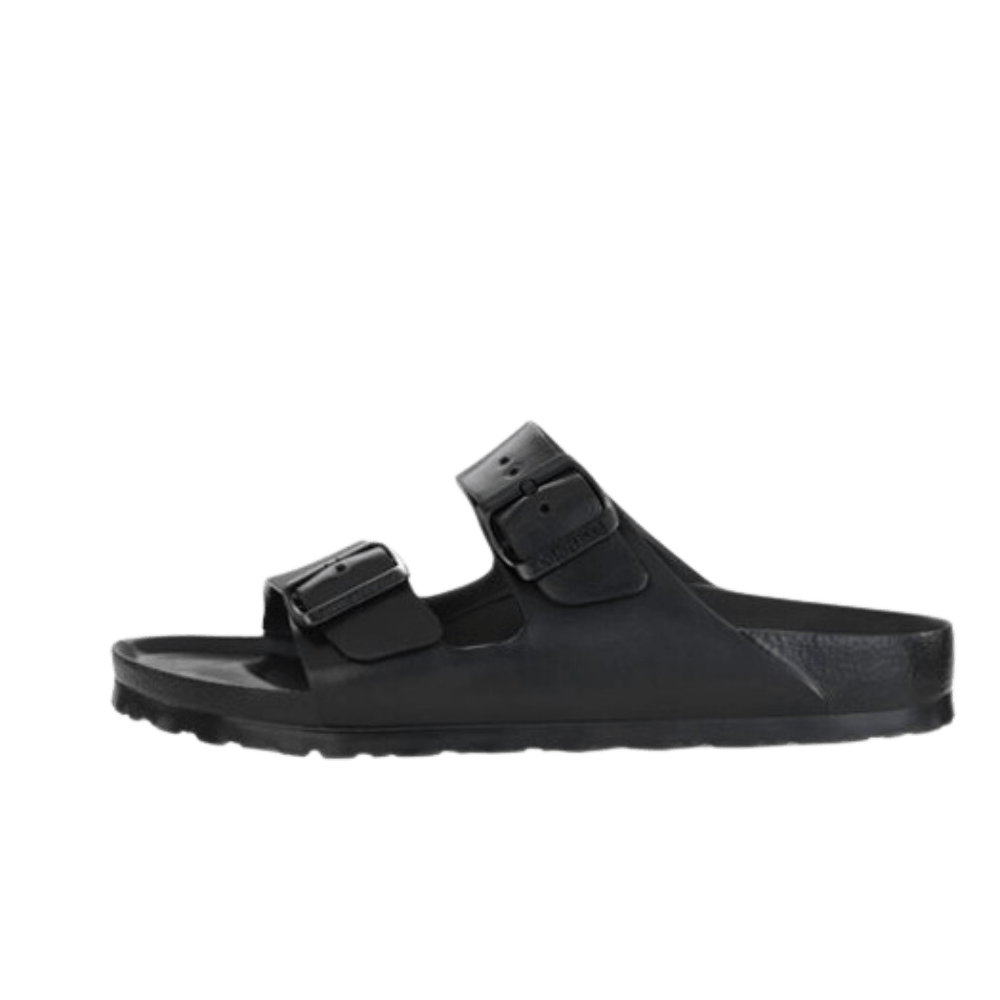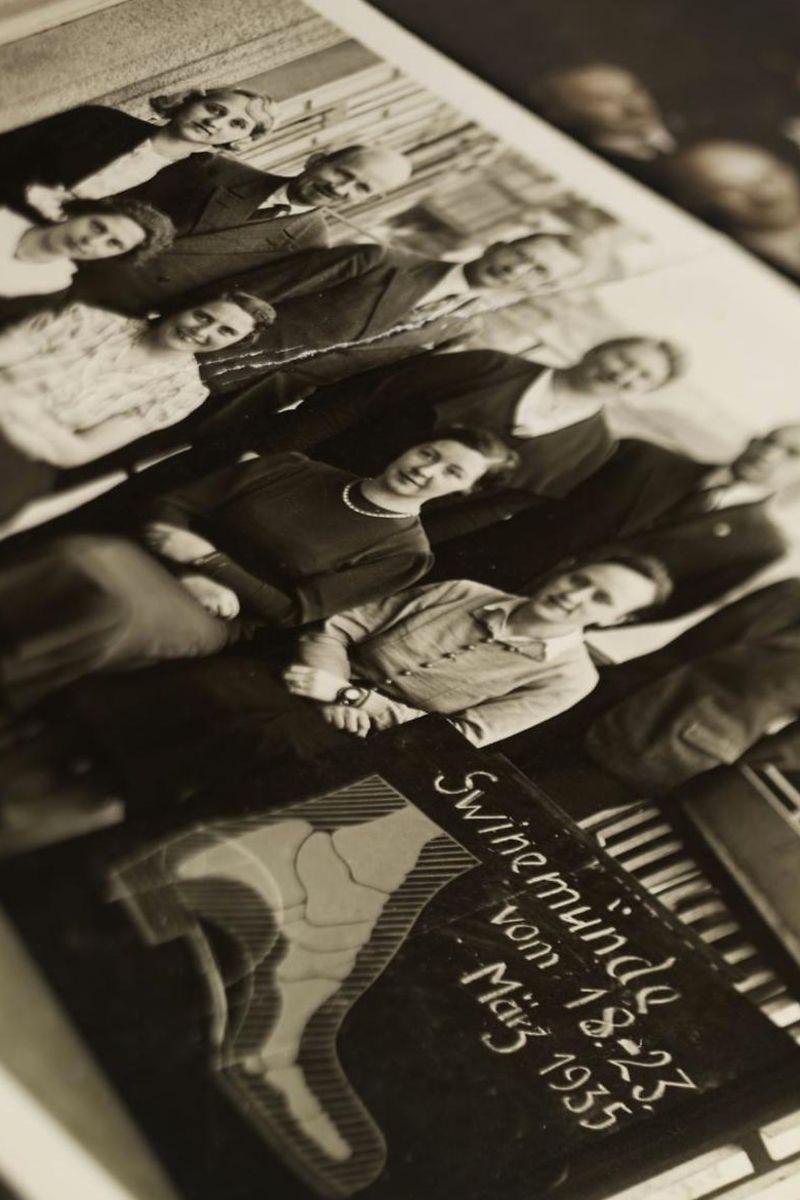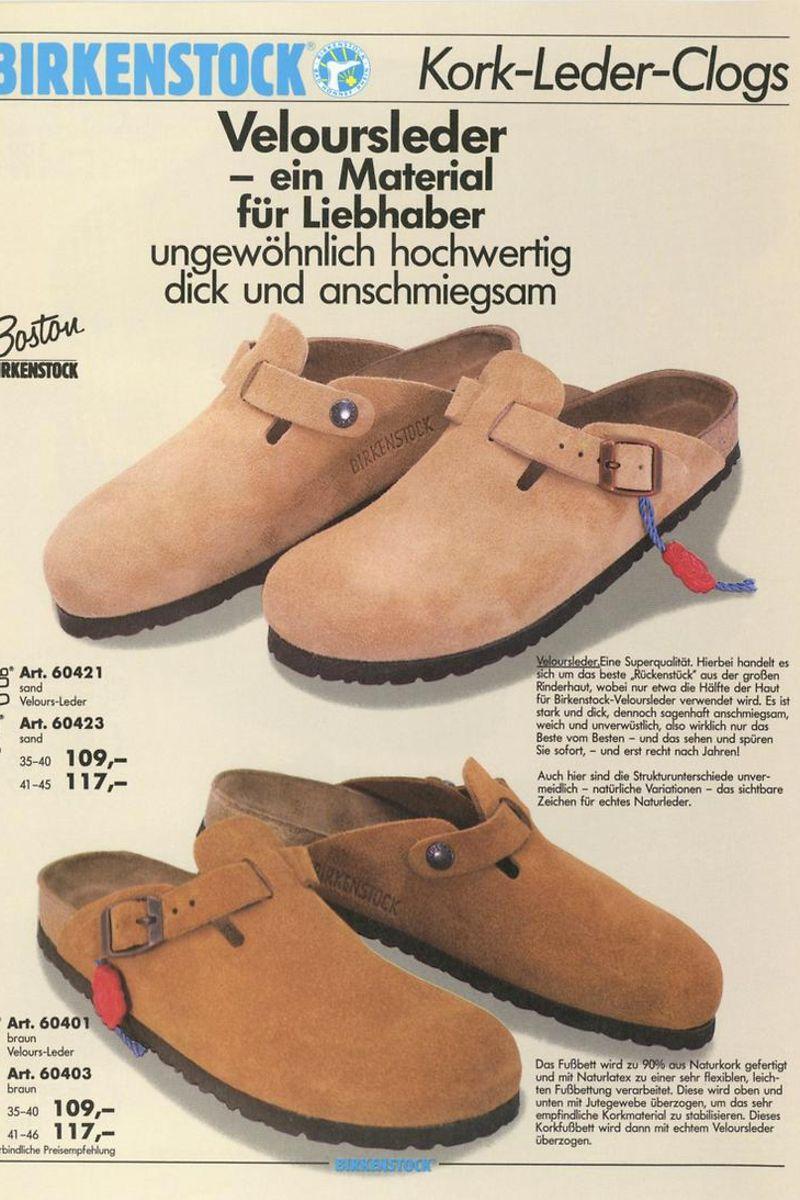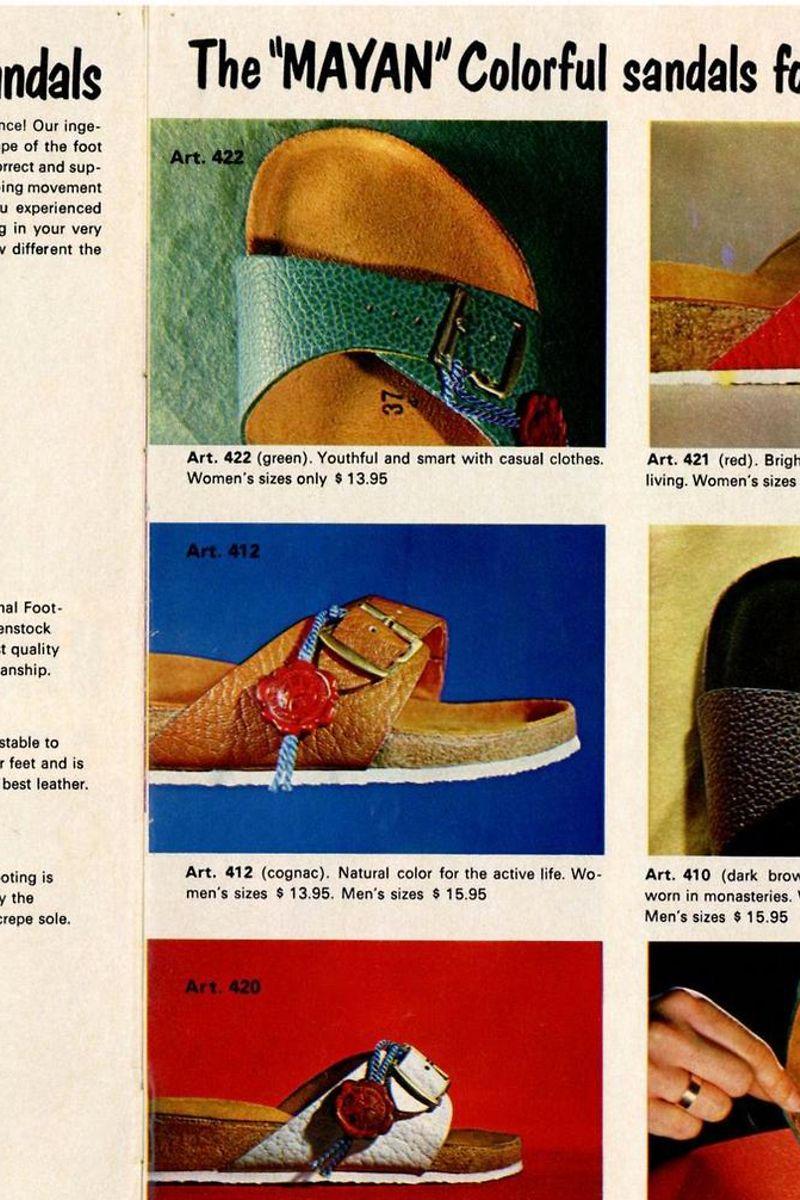Recent Releases
See allIntroduction of Birkenstock
Since 1774, Birkenstock has been synonymous with orthopaedic design and unparalleled foot support. The German footwear brand is renowned for its exceptional style, comfort, and quality. Birkenstock shoes, boots, and sandals combine high-quality materials with foot health benefits through eco-friendly cork, jute and natural latex footbeds. With its enduring popularity and global recognition, Birkenstock is a family business that remains one of the most trusted names in footwear.
Popular
See allSteals
See allTechnology
In the 19th century, Birkenstock developed its contoured footbed as a key element of its design philosophy. It is anatomically shaped and provides arch support, a deep heel cup, and a roomy toe box. By combining cork and latex, the footbed provides customized comfort and proper weight distribution over time as it adapts to the wearer's feet.
Birkenstock Models
Shop allResell
See allThe History
Birkenstock Today
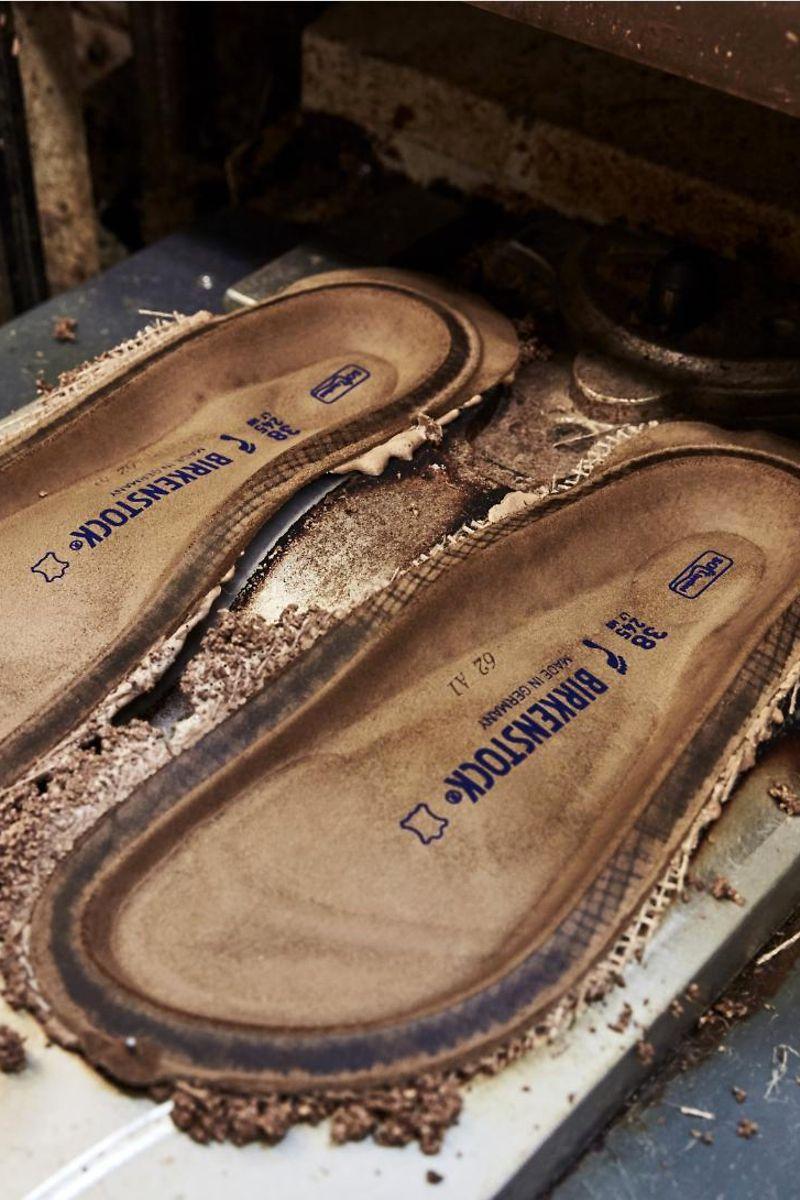
Birkenstock expanded its product line even further in the 2000s. In 2003, the brand ventured into closed-toe shoes and boots, extending its expertise in foot health and comfort. In 2019, Birkenstock celebrated its 245th anniversary as an innovative footwear brand with a lasting legacy.
Did you know?
NASA astronauts wore Birkenstock sandals on space missions. The sandals' contoured footbeds offer support and comfort even in zero-gravity environment. Their ability to conform to the wearer's feet and evenly distribute weight makes them especially suitable for astronauts trying to cope with space travel's hardships and foot swelling.

Follow us
Disclaimer: When you click on links to various online stores on this site and make a purchase, this can result in The Drop Date earning a commission.
© 2024 The Drop Date — All rights reserved

